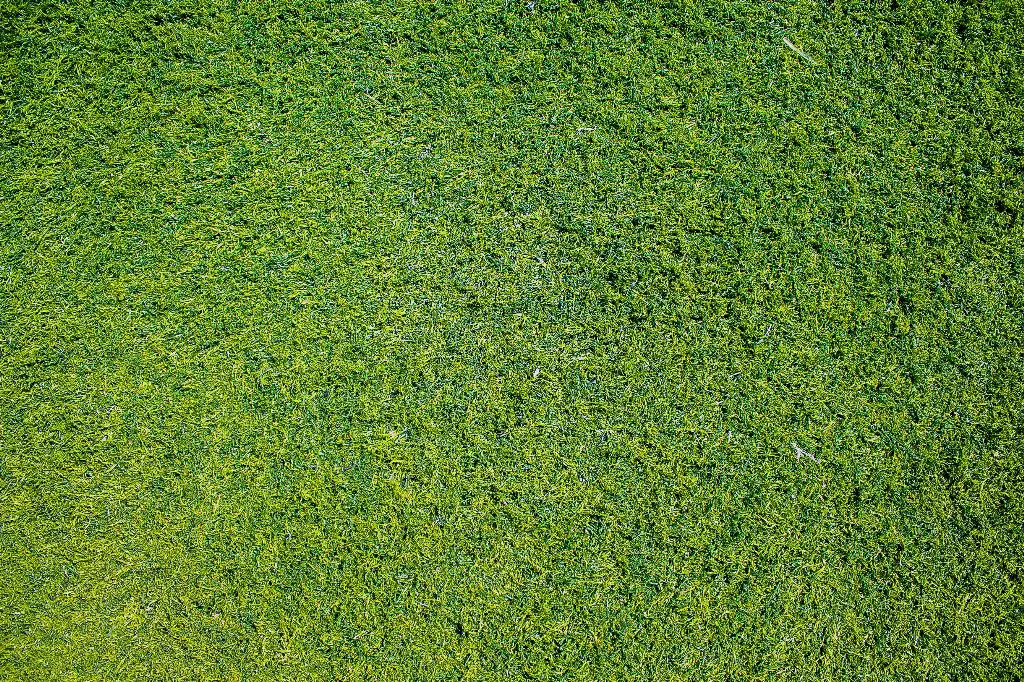When it comes to fertilizing your lawn during the summer months, timing is crucial to ensure that your grass receives the nutrients it needs to thrive. According to experts at Scotts, the ideal time to apply summer lawn fertilizer is between the months of June and August. This window falls approximately 6 to 8 weeks after the late spring feeding, allowing for optimal absorption and utilization of the nutrients by your grass.
Understanding the Growth Cycle
During the summer, your lawn is in a period of active growth, with grass plants working hard to develop strong roots and lush green foliage. Fertilizing during this time provides essential nutrients such as nitrogen, phosphorus, and potassium, which are key for supporting healthy growth and maintaining overall plant health.
Benefits of Summer Fertilization
Applying fertilizer during the summer months offers numerous benefits to your lawn. Not only does it promote vigorous growth and vibrant color, but it also helps grass plants recover from stressors such as heat, drought, and foot traffic. Additionally, a well-fed lawn is better equipped to resist pests, diseases, and weeds, keeping your turf looking its best throughout the season.
Factors to Consider
When deciding on the timing of your summer lawn fertilization, it’s important to take into account factors such as weather conditions, grass type, and the specific needs of your lawn. For example, if you live in a region with extreme heat or drought, you may need to adjust your fertilization schedule to ensure that your grass receives adequate nutrients during challenging conditions.
Choosing the Right Fertilizer
Not all fertilizers are created equal, and selecting the right product for your lawn is essential for achieving optimal results. Look for a summer lawn fertilizer that is specifically formulated for the needs of warm-season grasses, as these blends are designed to provide the nutrients required for healthy growth during the summer months.
Application Tips
When applying fertilizer to your lawn in summer, follow the manufacturer’s instructions for proper dosing and application rates. It’s important to apply the product evenly to avoid streaking or uneven growth, and always water your lawn thoroughly after fertilization to help activate the nutrients and prevent burning.
Monitor and Adjust
After fertilizing your lawn in summer, be sure to monitor its progress and make any necessary adjustments to your care routine. Pay attention to how your grass responds to the fertilizer and make note of any signs of over- or under-fertilization, such as yellowing or slow growth. This will help you fine-tune your fertilization schedule for optimal results.
Environmental Considerations
When fertilizing your lawn during the summer months, it’s important to be mindful of potential environmental impacts. Avoid over-applying fertilizer, as excess nutrients can leach into the soil and waterways, causing pollution and harm to aquatic ecosystems. Always follow best practices for lawn care to minimize your environmental footprint.
Consulting with Experts
If you’re unsure about the best time to fertilize your lawn in summer or need advice on selecting the right product for your grass type, consider consulting with lawn care professionals or local extension services. These experts can provide personalized recommendations based on your lawn’s specific needs and help you achieve a lush, healthy lawn all summer long.

Conclusion
In conclusion, knowing when to fertilize your lawn in summer is key to maintaining a vibrant, healthy turf. By following the recommended timing, choosing the right fertilizer, and implementing proper application techniques, you can ensure that your grass receives the nutrients it needs to thrive during the hot summer months. Keep an eye on your lawn’s progress, make adjustments as needed, and enjoy a lush, green lawn that will be the envy of the neighborhood.
